I have a database metrics grouped by day, and I need to forecast the data for the next 3 months. These data have seasonality, (I believe that the seasonality is by days of the week).
I want to use the Holt Winters method using R, I need to create a time series object, which asks for frequency, (That I think is 7). But how can I know if I'm sure? Have a function to identify the best frequency?
I'm using:
FID_TS <- ts(FID_DataSet$Value, frequency=7)
FID_TS_Observed <- HoltWinters(FID_TS)
If I decompose this data with decompose(FID_TS), I have:
And this is my first forecast FID_TS_Observed:
When I look at the history of the last year, they starts low in the first 3 months and increase from month 3 to 11, when they decrease again.
Maybe my daily data, have a daily have a weekly seasonality (frequency=7) and an monthly seasonality (frequency=7x30=210)? I need the last 365 days?
Have any way to put the frequency by day of the week and by month? Another thing, does it make any difference I take the whole last year or just a part of it to use in the Holt-Winters method?
Thanks in advance :)

